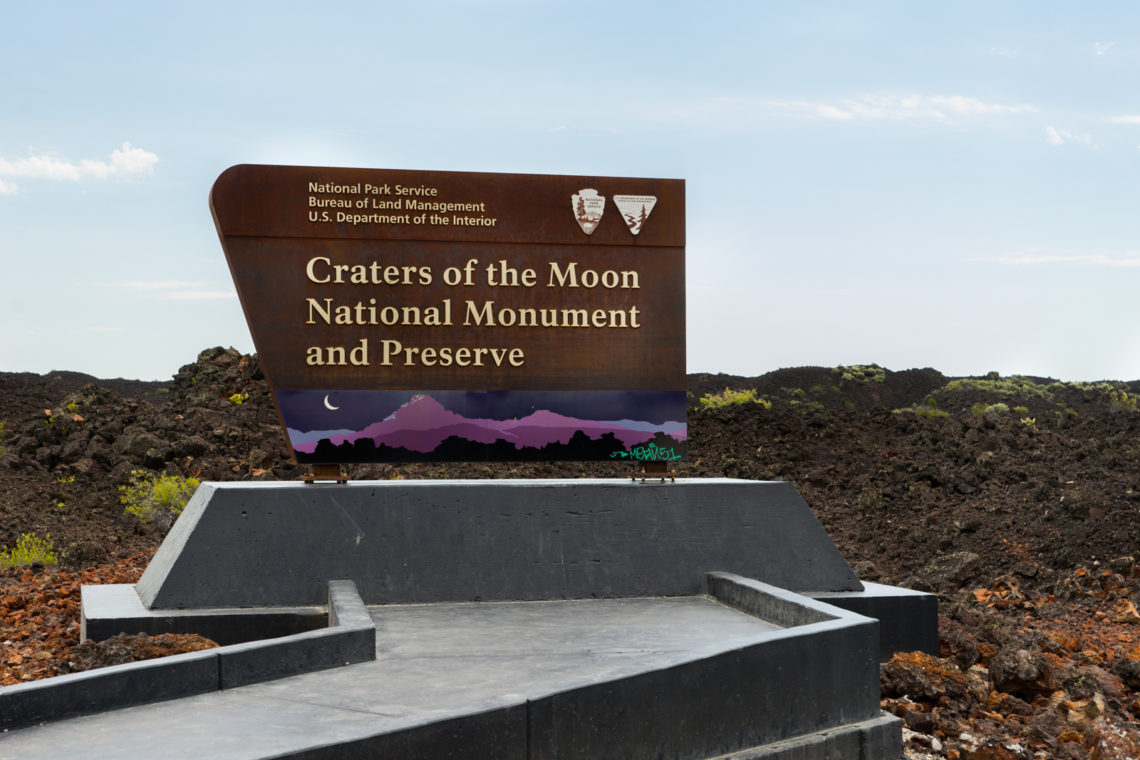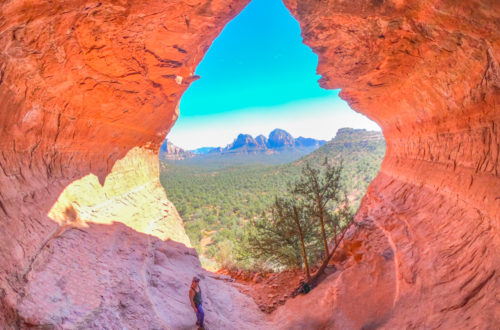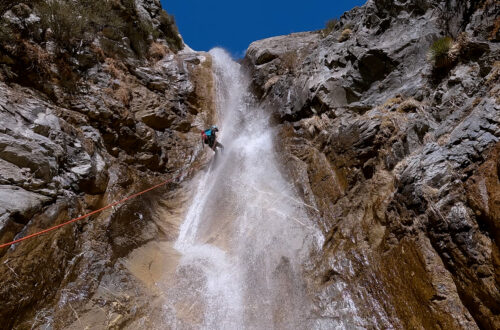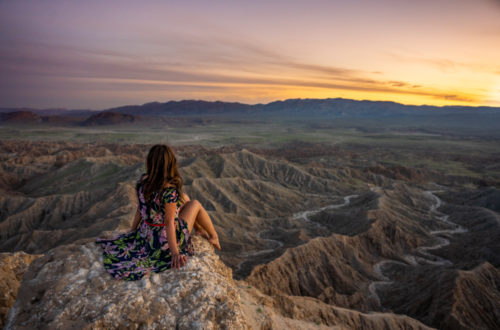Somewhere around 2100 years ago, the land that is now known as Craters of the Moon National Monument was a violent landscape full of rivers of magma and volcanoes spewing spatter high into the air. In certain areas, the lava flowed like rivers through channels. As the top of the channel cooled, it hardened and created a tube.

There was so much lava pulsing through the tubes that in certain areas. It blasted through the roof of the tubes and collected in fiery ponds. Once the eruption came to an end, the ponds drained back into the tubes. In some areas, this weakened the crust and caused collapses. This led to a lot of

After the lava shot back through the tubes, it headed northeast. As it went, it created a massive lava tube theater, 30 ft tall in some spots. Many smaller tubes branched off until the lava flow had covered a staggering area of 100 square miles. If you look at some of the rocks, especially on the Inferno Cone, you will see that they have a glittery, iridescent coloring to them. This is because of the titanium magnetite crystals that were picked up as the lava made its journey to the spot that it rests on today.

Early explorers found the rocks and thought that the blue coloring resembled some sort of reptile skin. This is why this eruption is known as the “Blue Dragon Flow”. The network of tunnels that transported the lava during this eruptions was able to distribute the lava up to 18 miles from its original source.

Fast forward to May 2nd, 1924 when Craters of the Moon Monument was established. It stood on its own until the area was greatly expanded with the addition of the preserve by President Clinton in 2000. The monument and preserve encompass 3 major lava fields and span of 1,117 square miles. The monument by itself covers 53,571 acres. The 3 lava fields are located on what is known as the Great Rift of Idaho. Here you can find the deepest rift crack on the planet at a cavernous 800 feet deep.

From 1969 to 1972, NASA astronauts performed part of their training at Craters of the Moon Lava Field. They learned to look for and collect good rock specimens in an unfamiliar and harsh environment. NASA visited the real Moon through the Apollo program and found that its surface does not closely resemble this part of Idaho. NASA astronauts discovered that real Moon craters were almost all created by meteorites while their namesakes on Earth were created by volcanic eruptions.
Check out our blog on the Cave Trail at Craters of the Moon for more info to explore these awesome lave tube caves. You can also check out the smaller hikes up the Inferno Cone or the Spatter Cones/Snow Cone. If you are looking for more fun adventure around this part of Idaho, don’t forget to check out the Boise River Float or Kayaking to Shoshone Falls in Twin Falls.
Happy Adventuring. Don’t forget to follow us on Instagram, subscribe to our Youtube channel, and sign up for our newsletter!






